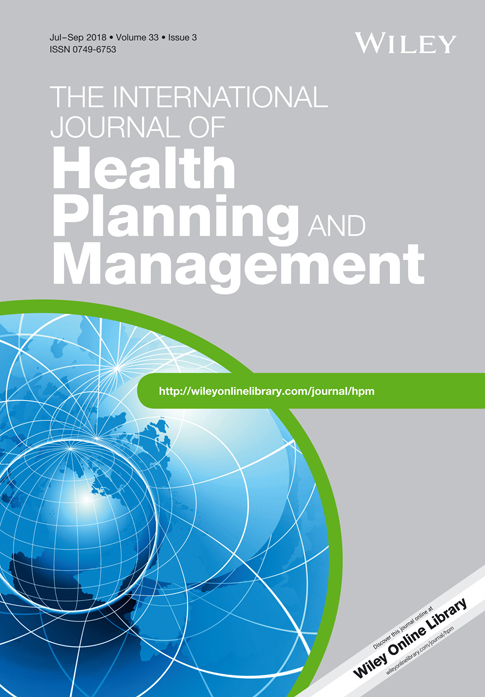Collaborate across silos: Perceived barriers to integration of care for the elderly from the perspectives of service providers
Summary
Purpose
To examine the barriers that hinder collaboration between health care and social care services and to report recommendations for effective collaboration to meet the growing support and care needs of our ageing population.
Methods
Data for this qualitative study were obtained from interviews with 7 key informants (n = 42) and 22 focus groups (n = 117) consisting of service providers who were from the health care or social care sectors and supporting elderly patients with multiple chronic diseases or long-term care needs. Data collection was conducted from 2015 to 2016. The data were analysed using an inductive approach on the basis of thematic analysis.
Findings
Qualitative analysis reviewed a number of factors that play a significant role in setting up barriers at the operational level, including fragmentation and lack of sustainability of discharge programmes provided by non-governmental organisations, lack of capacity of homes for the elderly, limitation of time and resources, and variation of roles in supporting end-of-life care decisions between the medical and social sectors. Other barriers are those of communication to be found at the structural level and perceptual ones that exist between professionals. Of these, perceptual barriers affect attitudes and create mistrust and interprofessional stereotypes and a hierarchy between the health care and social care sectors.
Conclusion
Health care and social care service providers recognise the need for collaborative work to enhance continuity of care and ageing in place; however, their efforts are hindered by the identified barriers that need to be dealt with in practical terms and by a change of policy.
CONFLICT OF INTEREST
The authors whose names are listed above have no conflict of interest to declare.




